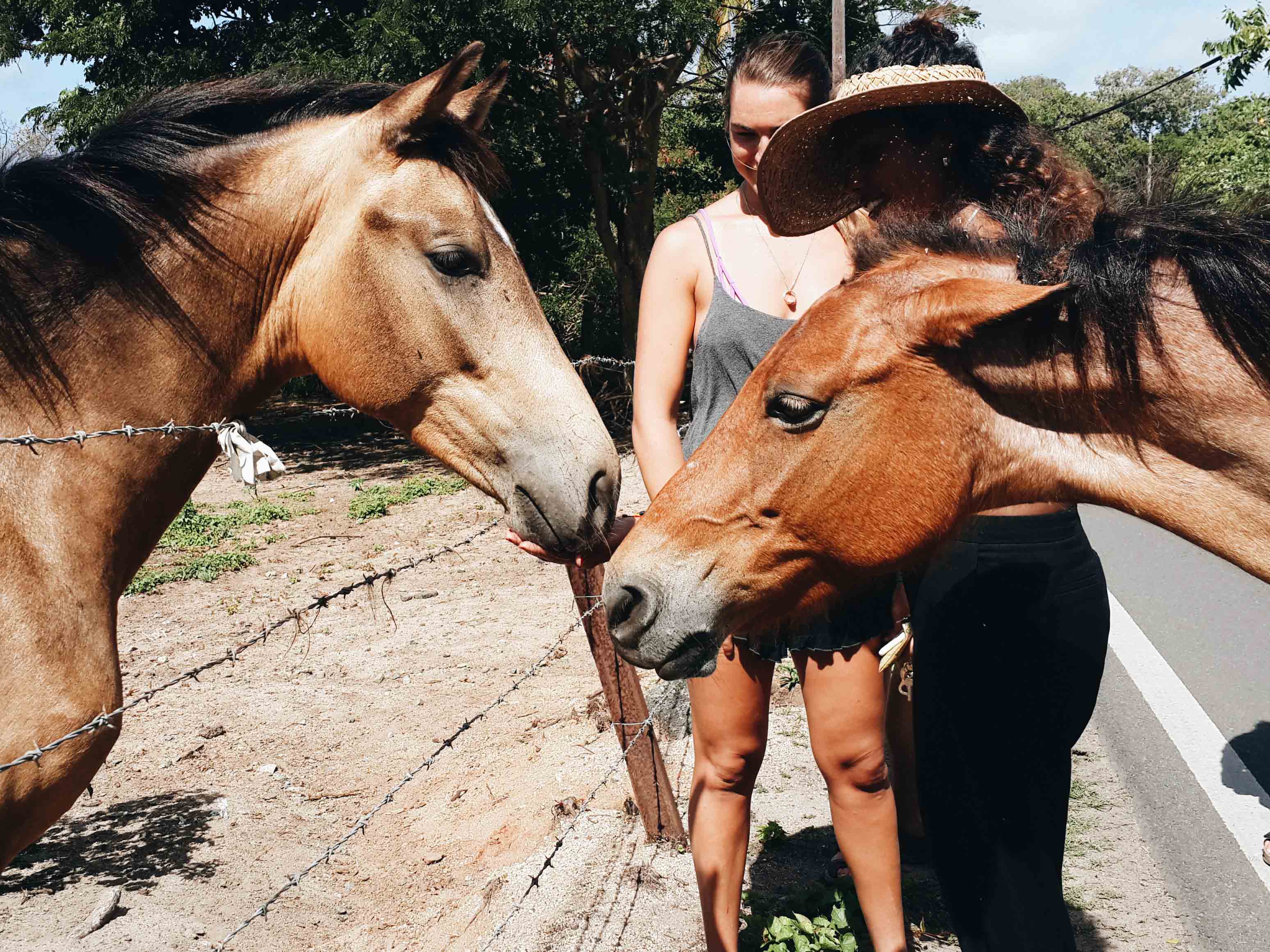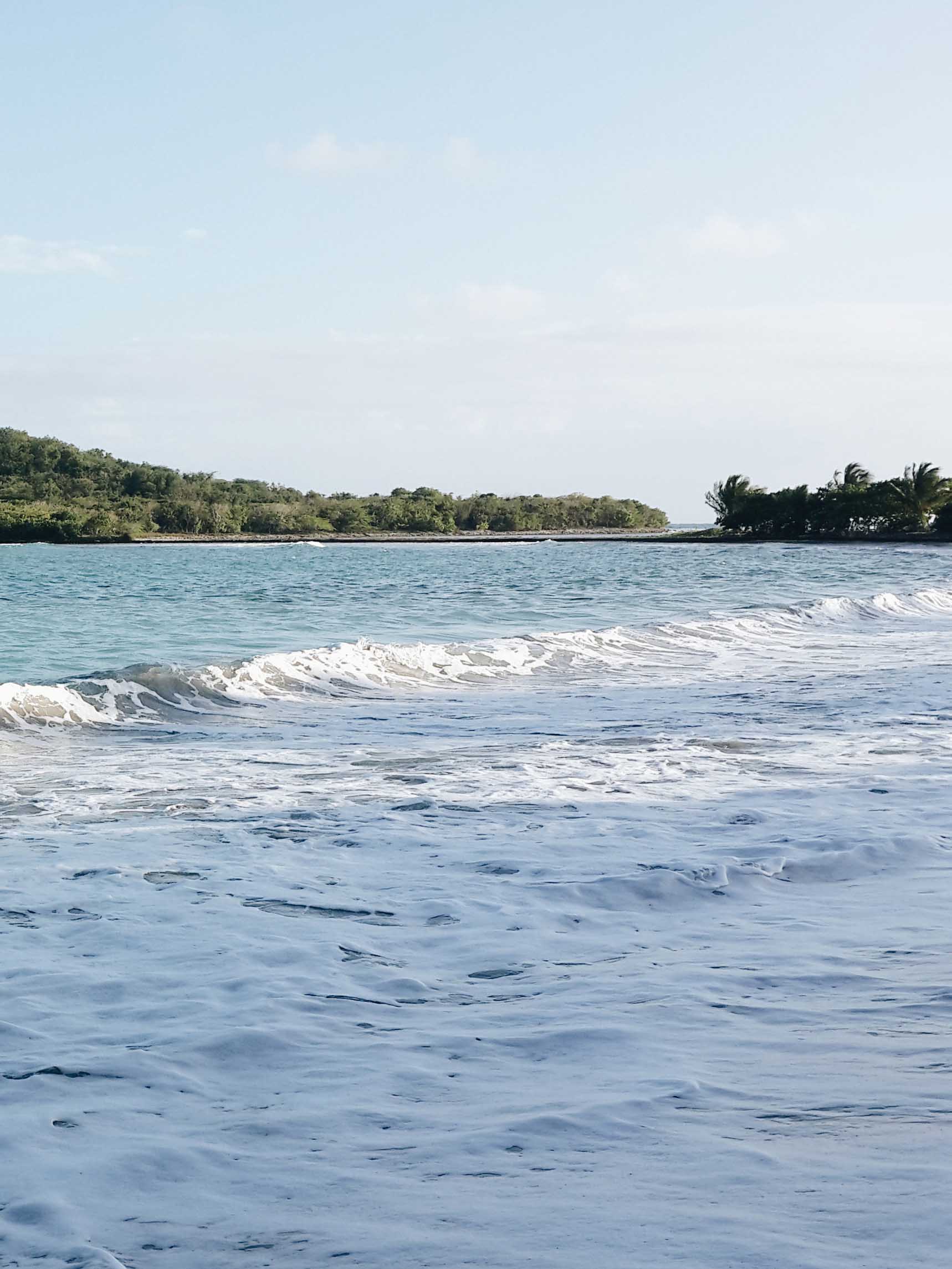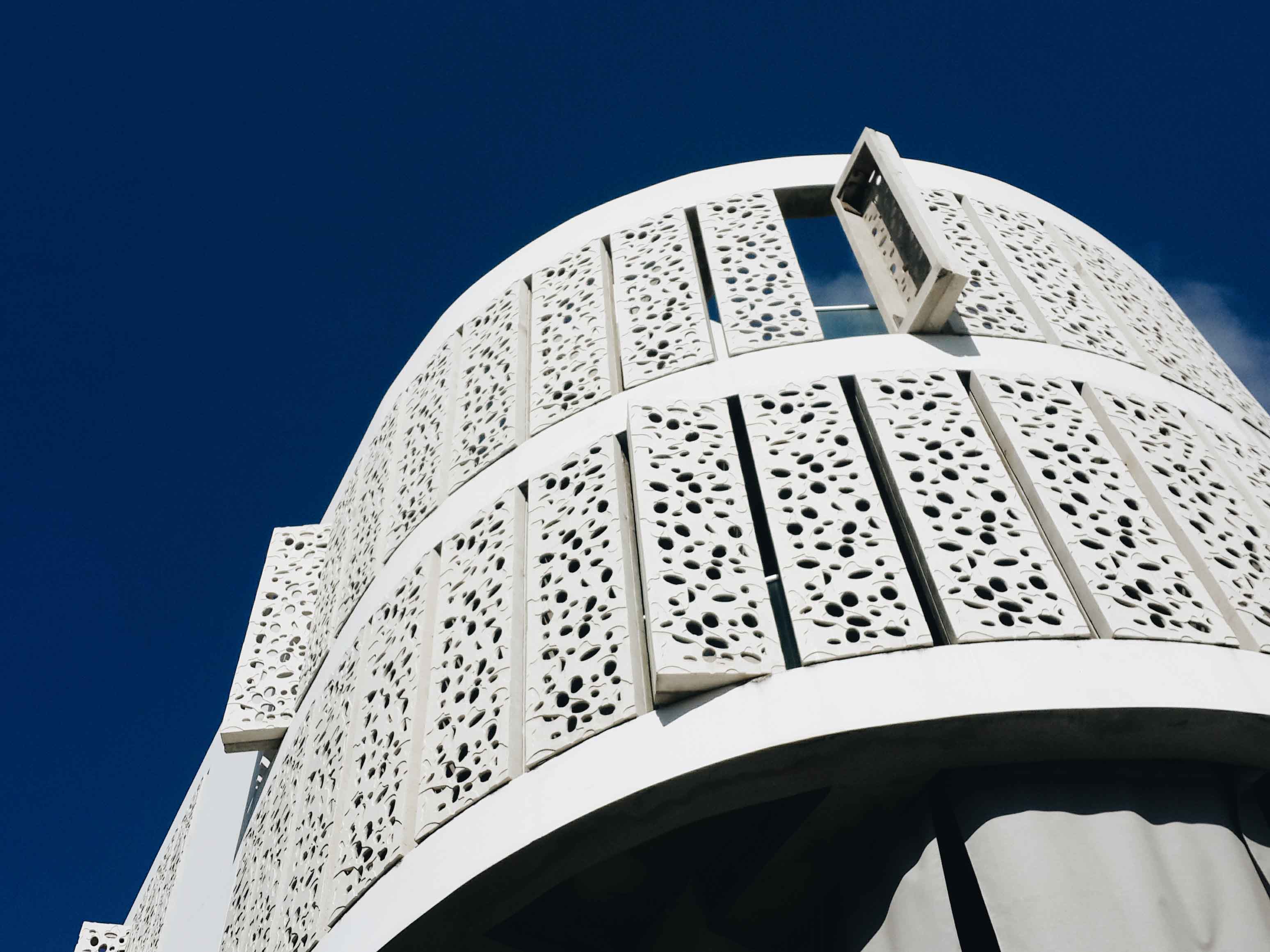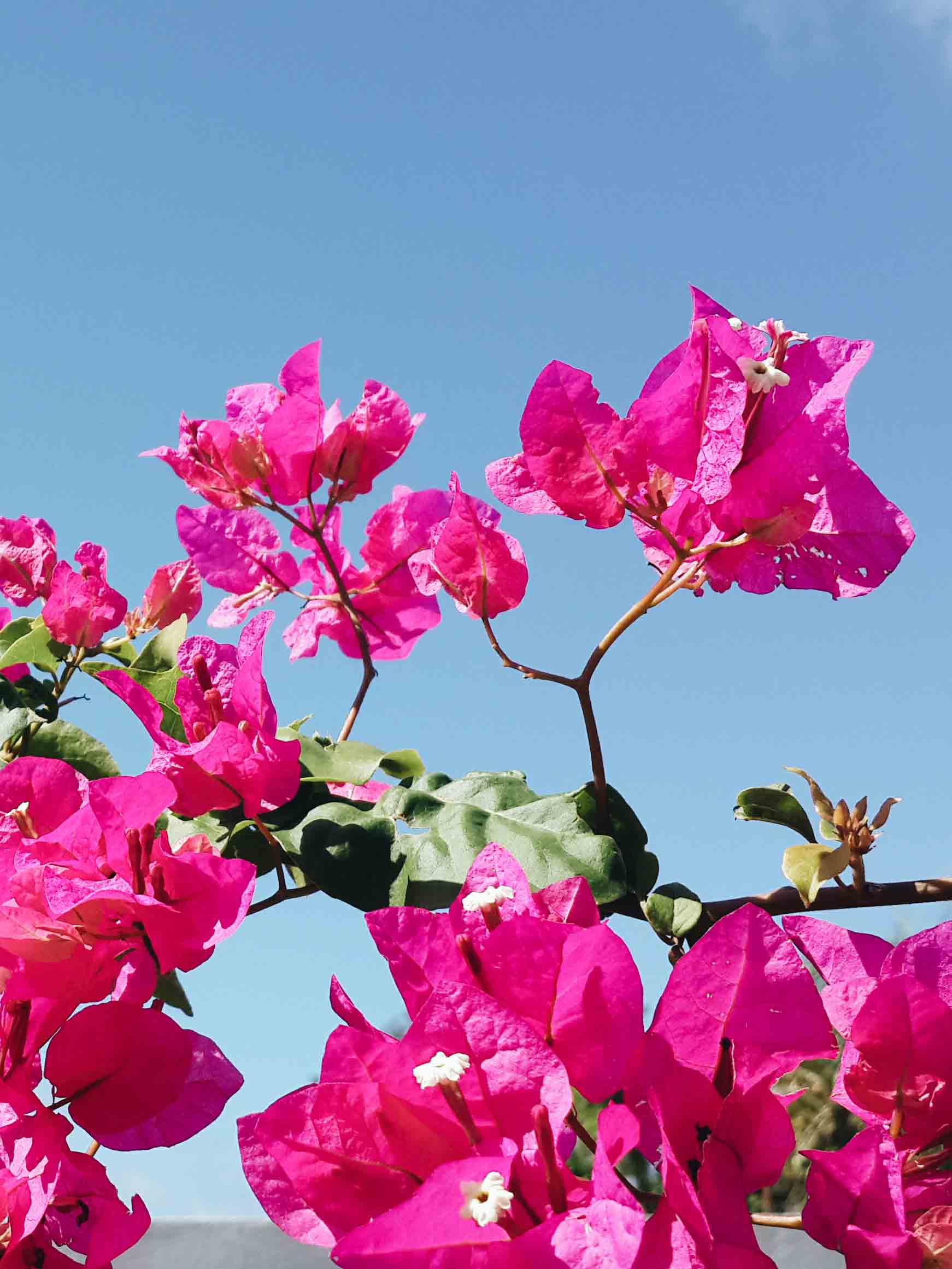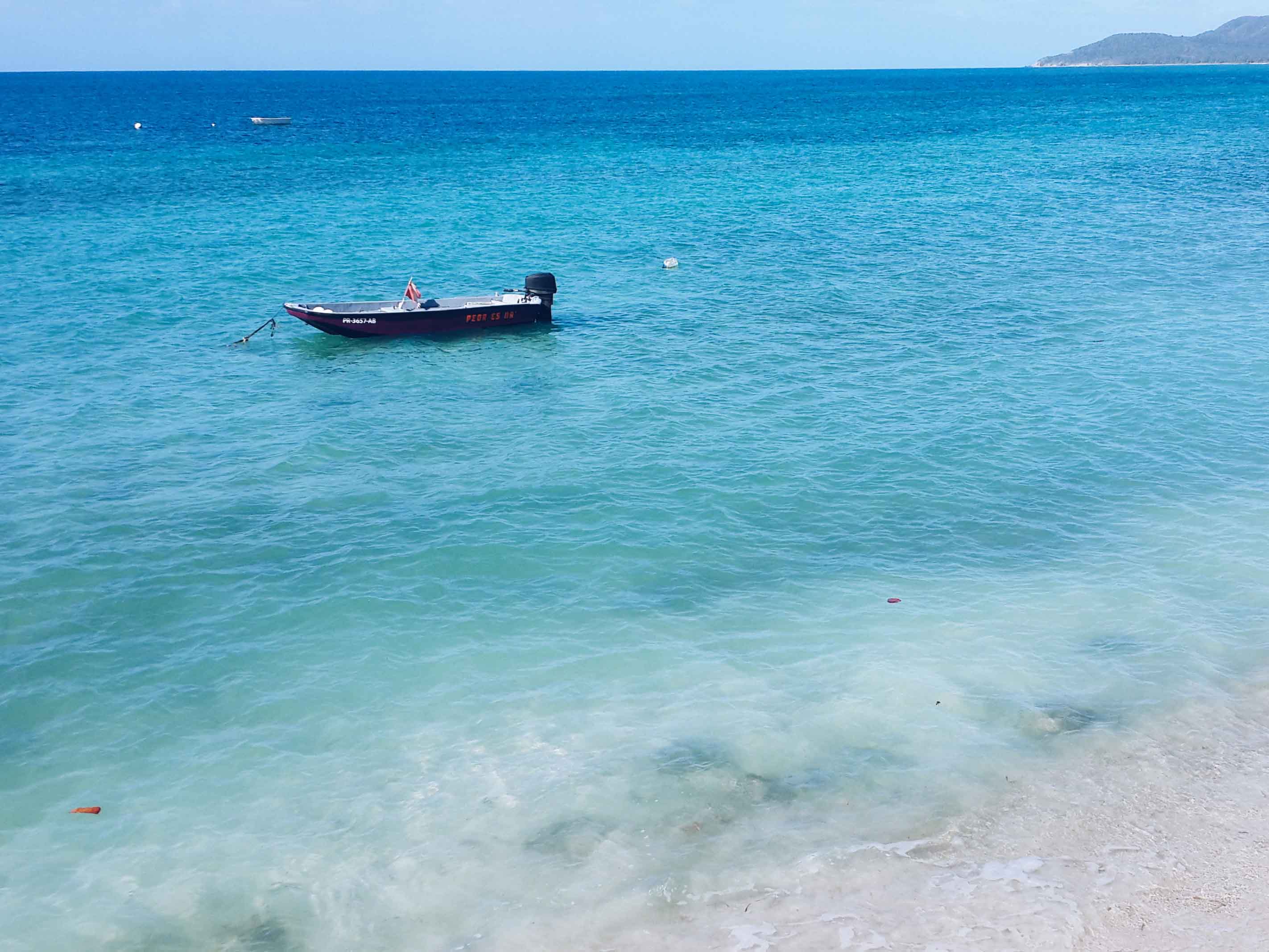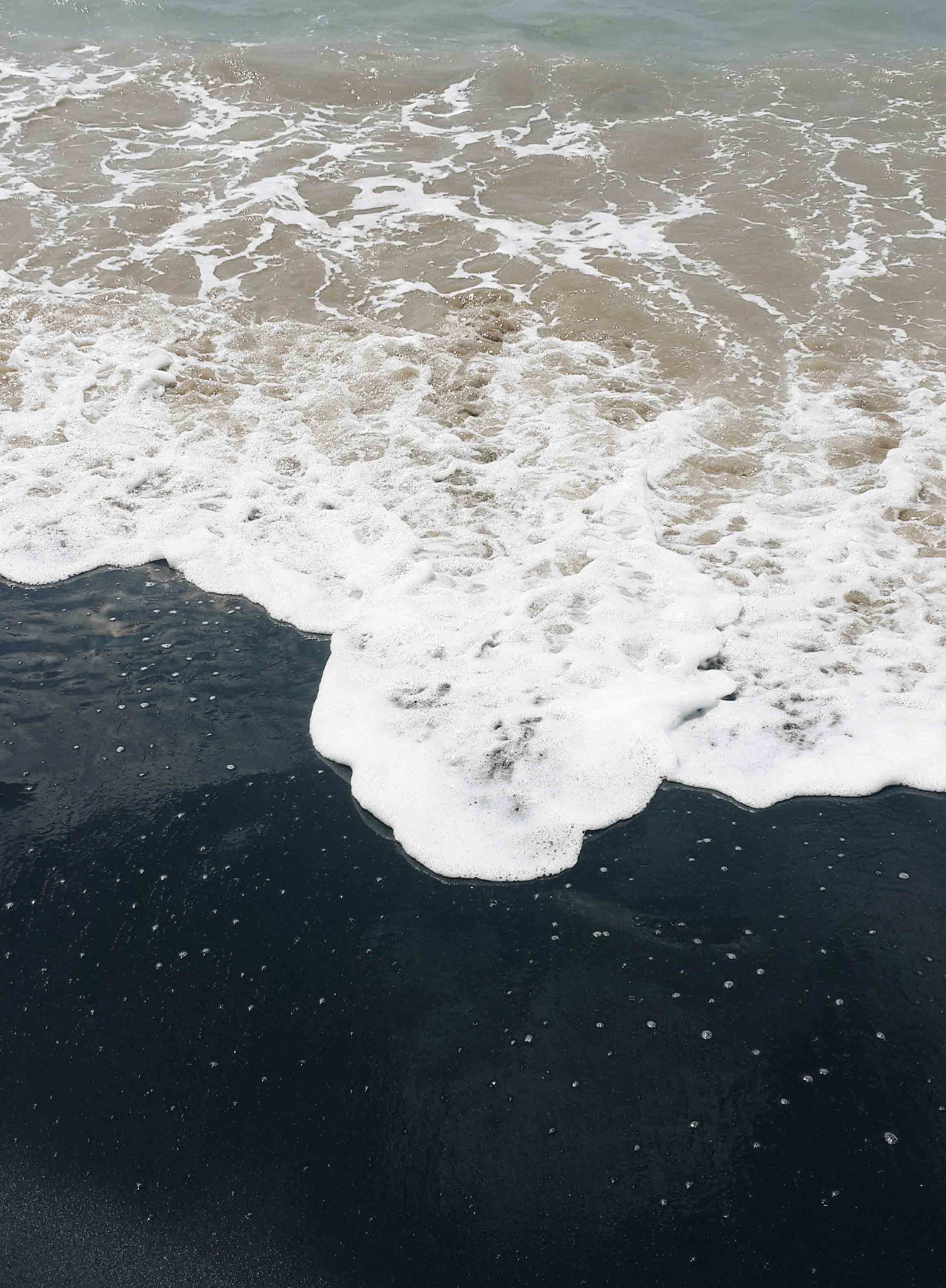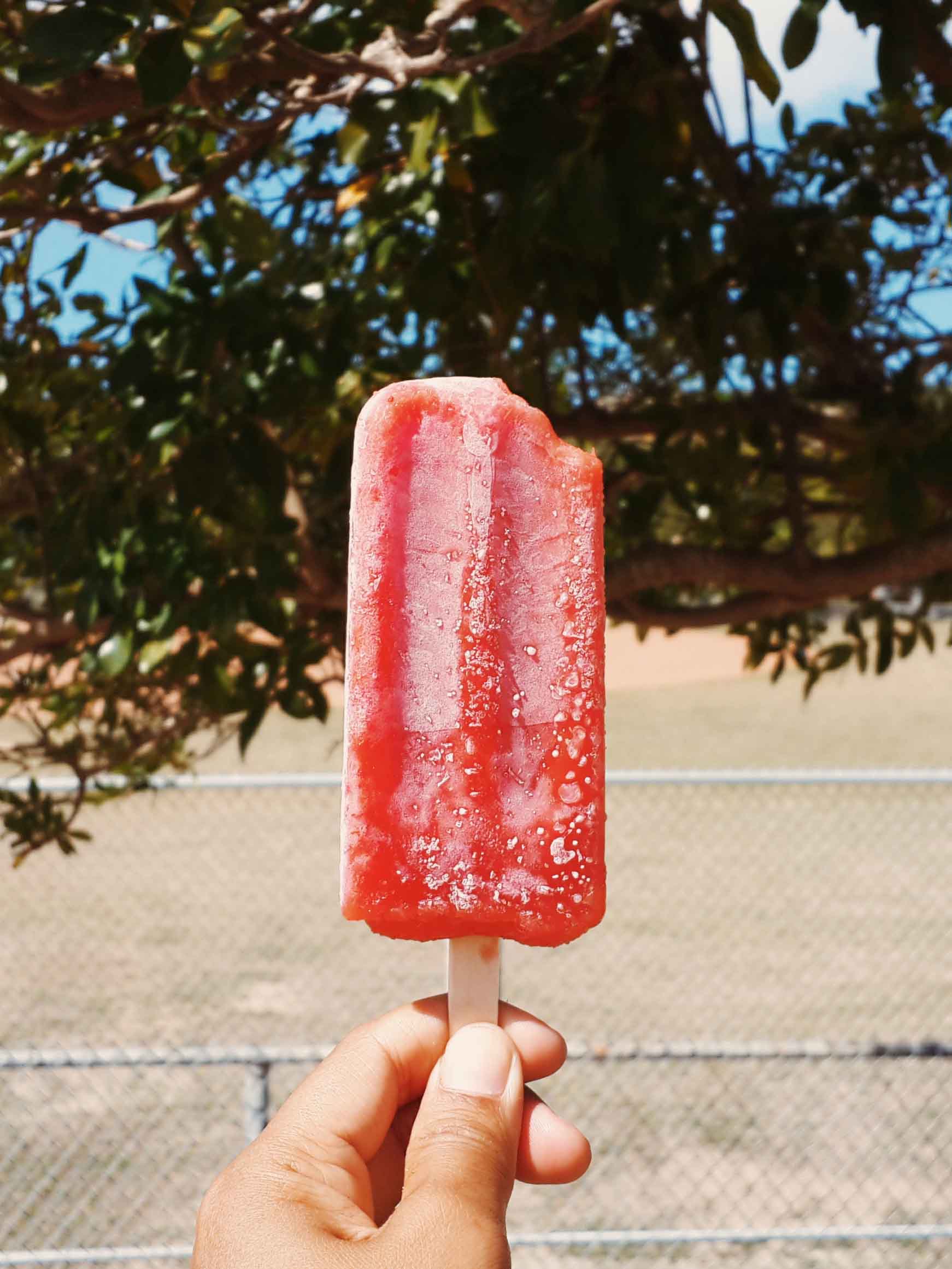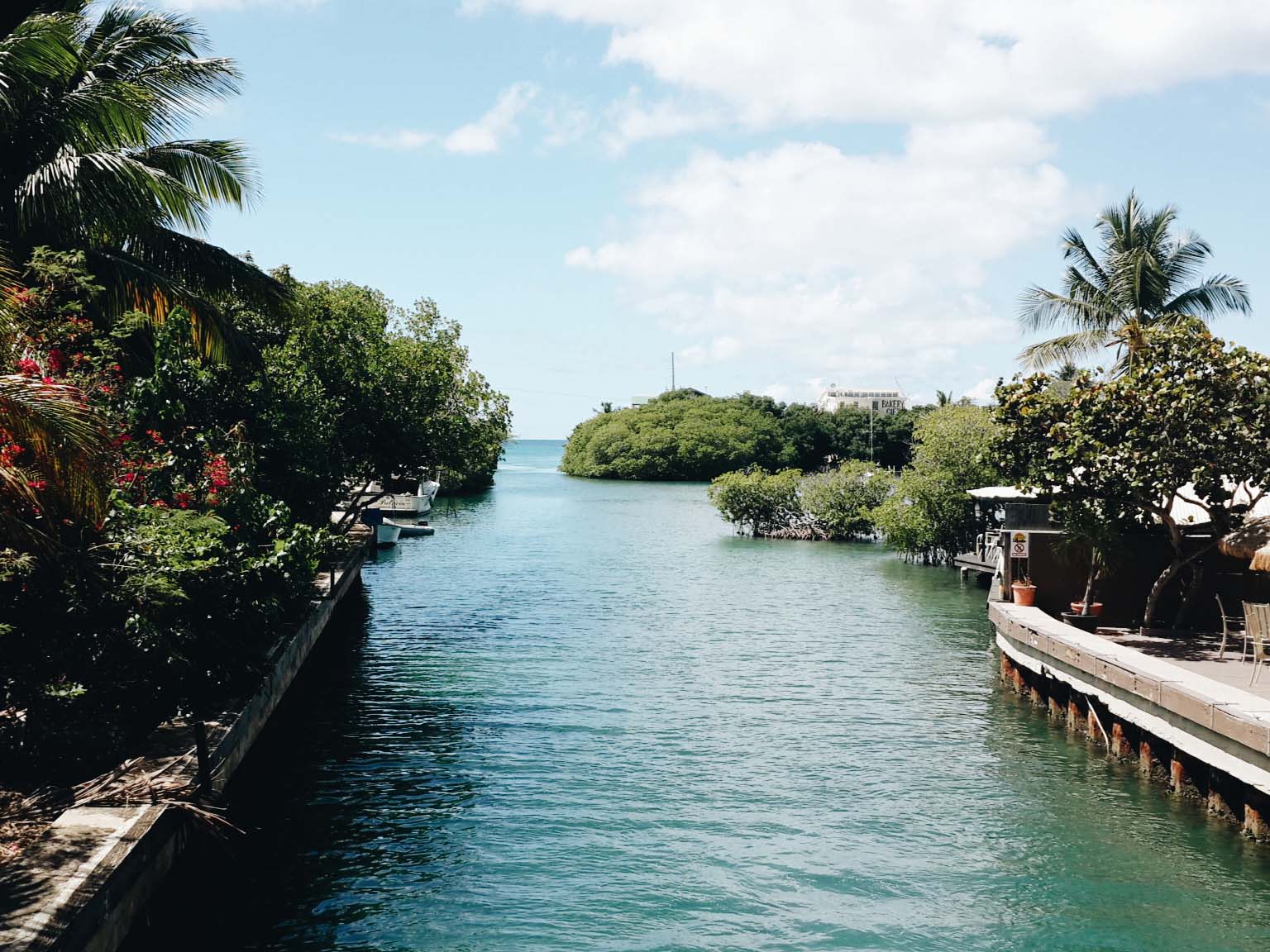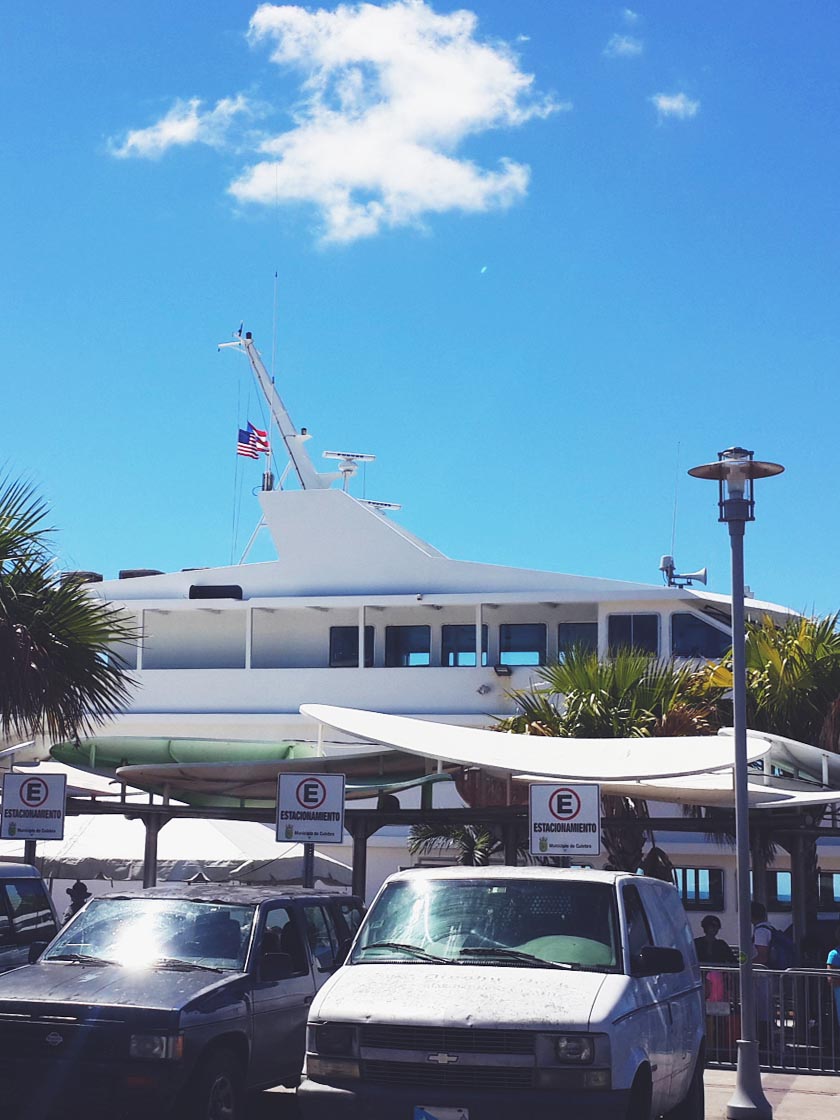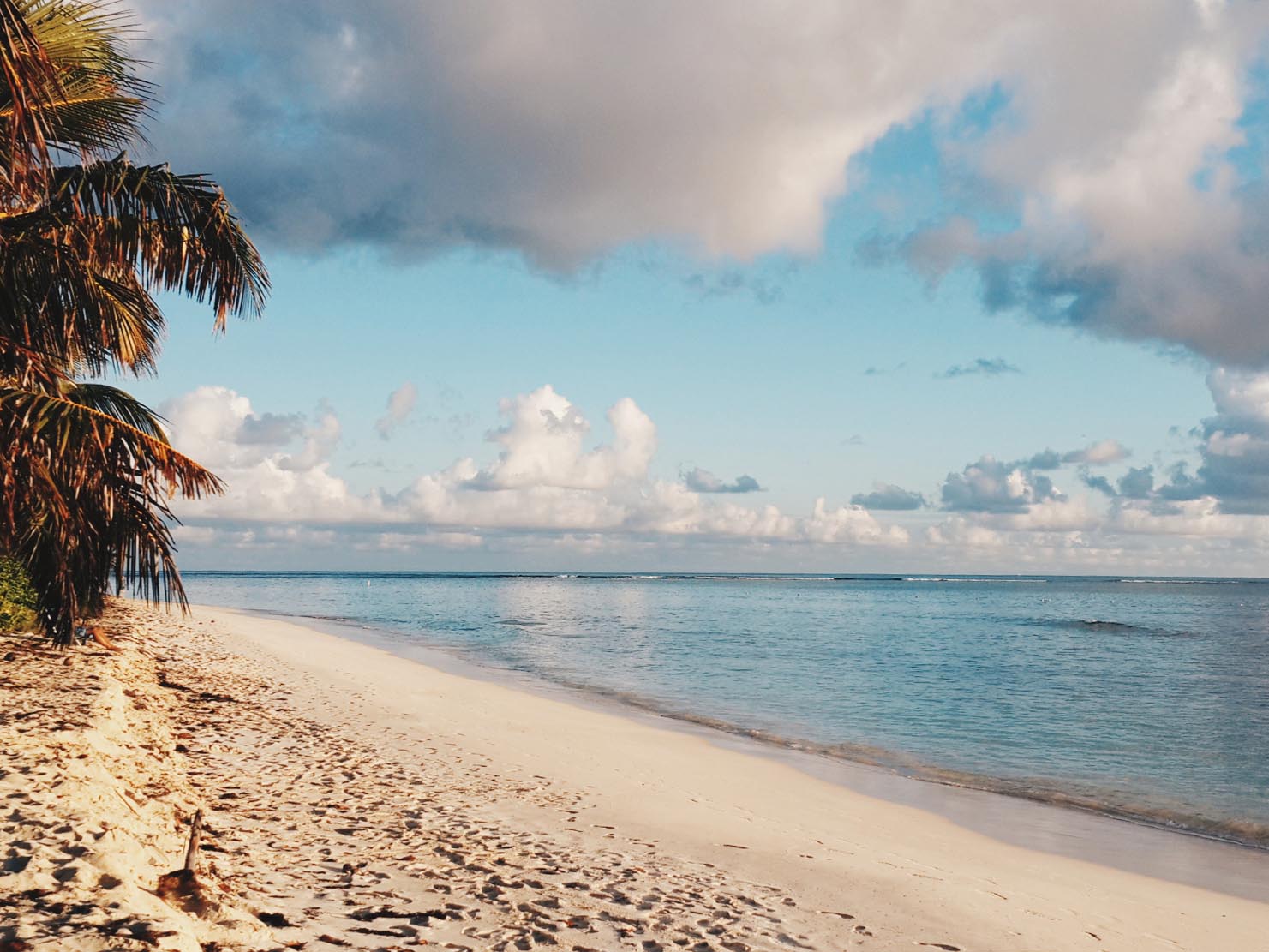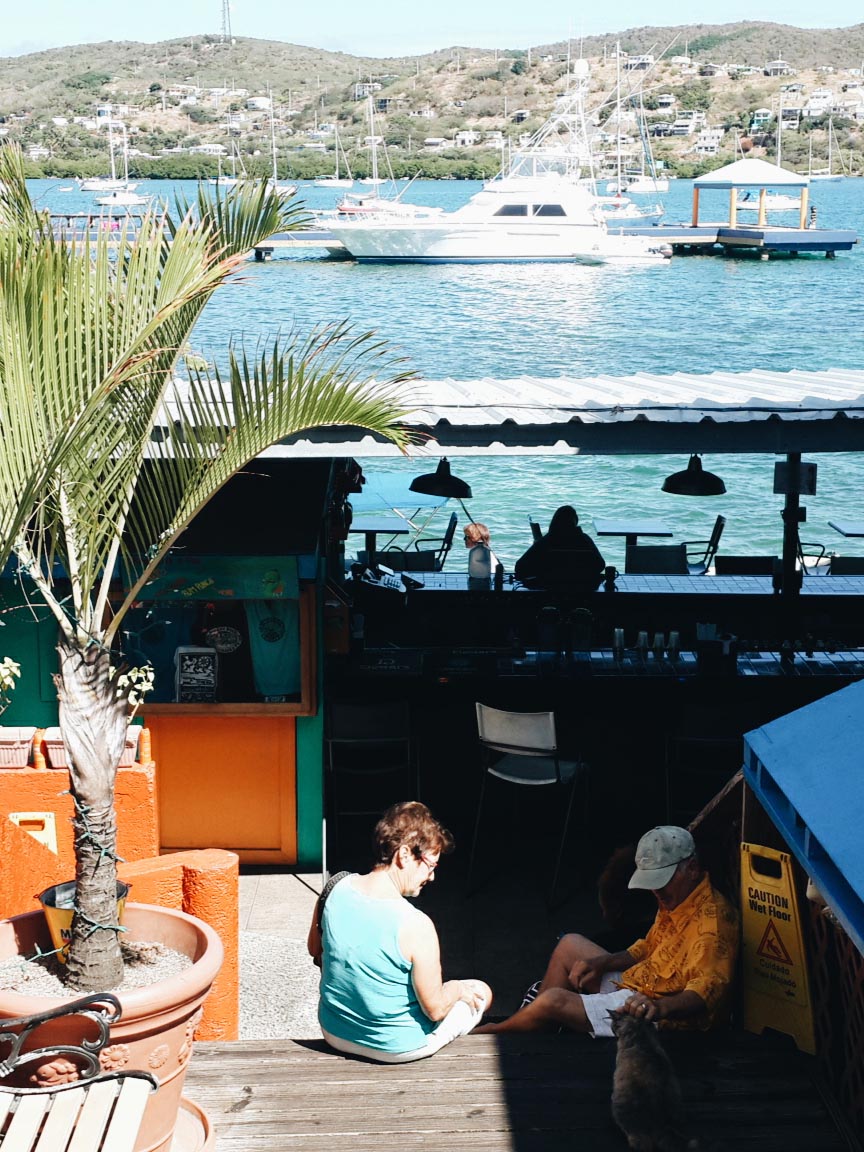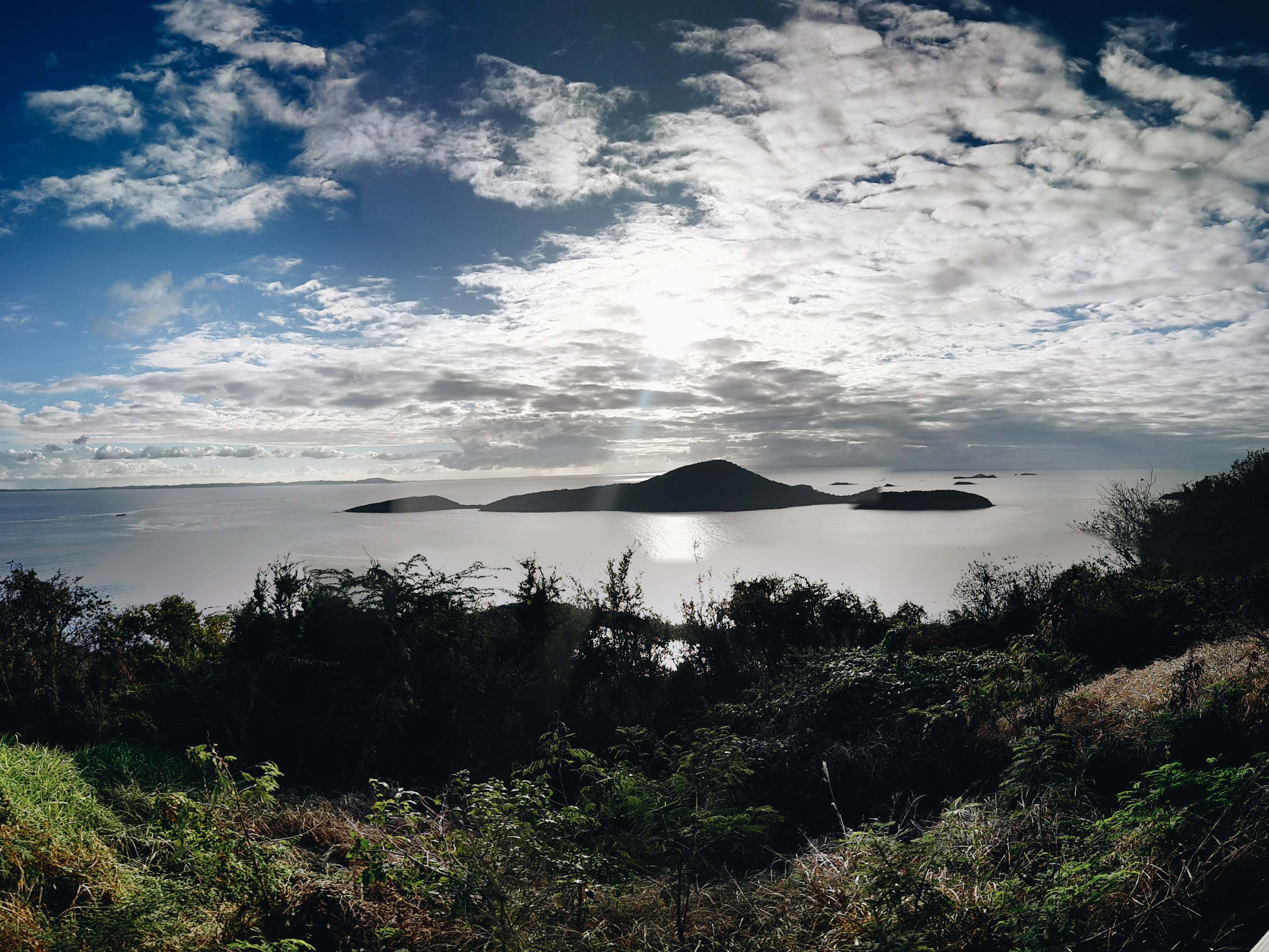Mandalay
Our flight was from Don Mueang to Mandalay at 11am. We took a shared taxi into Mandalay, which took around 40 min @ 4,000 MMK(USD$2)/person. It’s much cheaper than taking a private taxi, you just need to wait a couple minutes until the van is full– an easy way to save money!
Travelling in Mandalay is not that hard, there are scooters everywhere. You can flag a moto-taxi anytime and they will pick you up… even if they have to kick their wife off the back to take you :P
In the afternoon, we took scooters to the Kuthodaw Pagoda (ကုသိုလ်တော်ဘုရား). It contains the world’s largest book, which is inscribed on 729 stone-inscription caves (kyauksa gu), each cave contains a marble slab inscribed on both sides with a page of text from the Tipitaka, the entire Pali Canon of Theravada Buddhism.

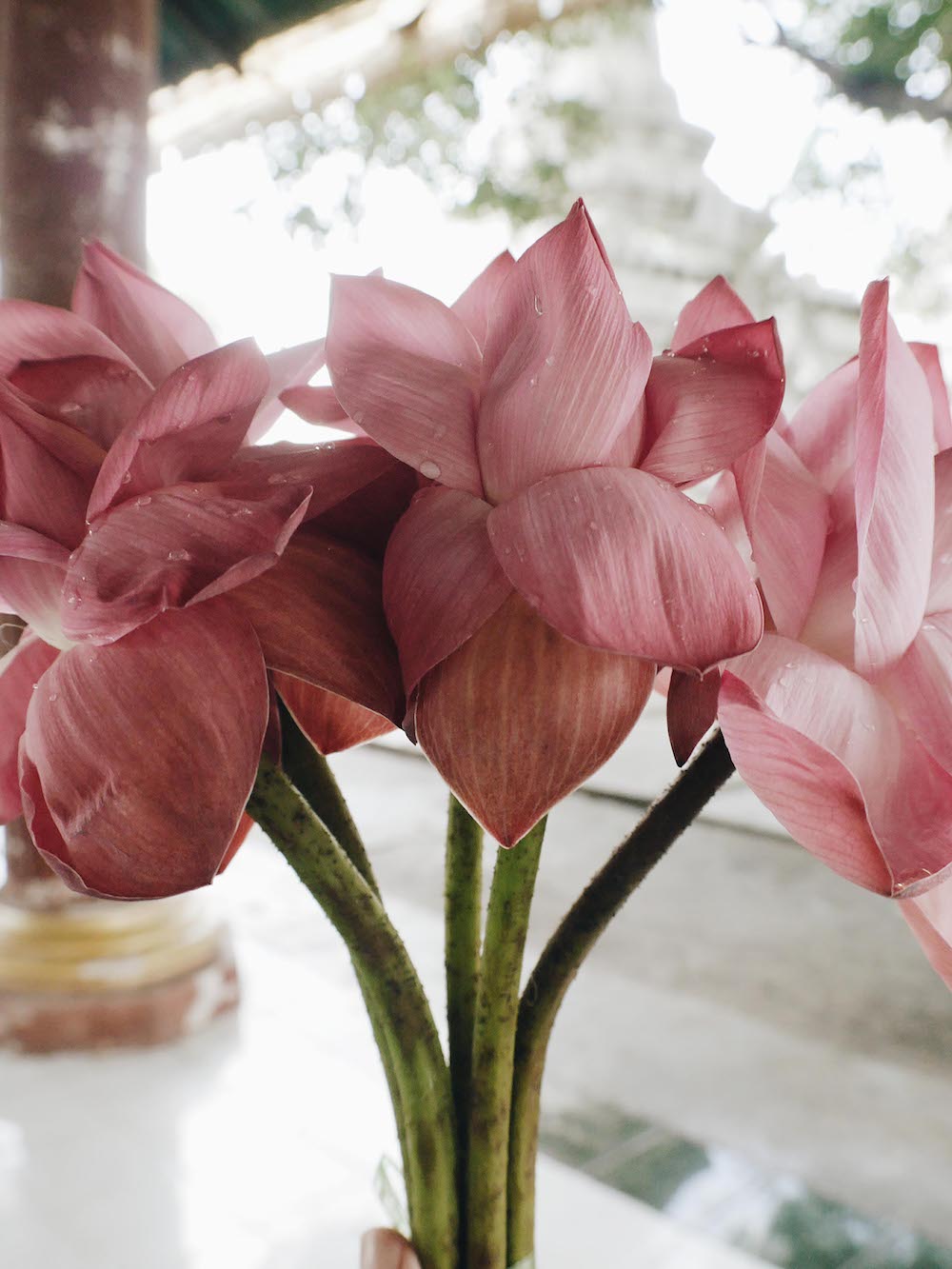
Street foods are very popular. We tried to eat all of it. We stopped at a street food stall in front of the Kuthodaw Pagoda and had Samosas, fried wonton shells filled with a savory deliciousness such as spicy potatoes, onions, peas, and lentils. They made a salad where they chopped up tomatoes, lettuce, onions, vinegar, and chopped Samosas on top. Yum!

We went to Sandamuni Pagoda (စန္ဒာမုနိဘုရား) which is right next to the Kuthodaw Pagoda. They have 1,774 Shrines that house inscribed marble slabs. All of these Shrines surround the magnificent main Pagoda. It was pretty cool to see the shrines go on seemingly forever.
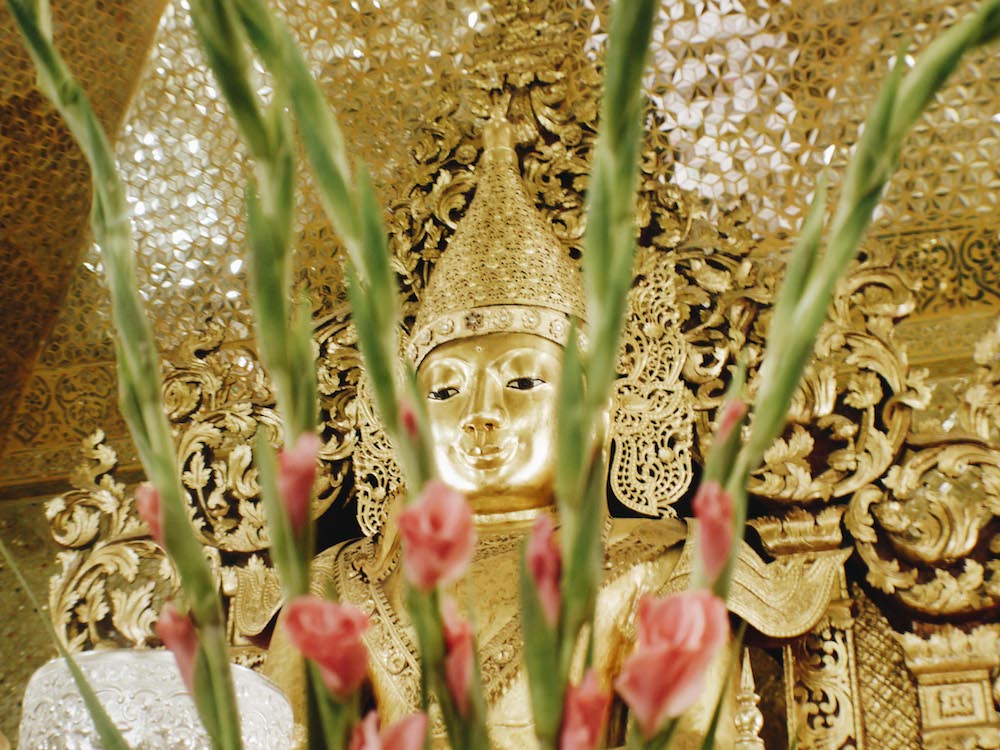


Most Burmese are Buddhist and they believe that building temples and pagodas bring them good karma, which explains why Myanmar has so many. The next temple that we went to was Kyauk Taw Gyi Phaya temple, not too far from last temple by walking distance. You could see the mix of tradition and modernism at this temple, as the huge White Buddha Image was completely surrounded by bright, flashy LED lights. This was Brandon’s favorite temple because of all the lights.
We went up to Mandalay Hill to see the Su Taung Pyae Pagoda (ဆုတောင်းပြည့်ဘုရား) and the view of the city. We shared the scooter ride to the top of the mountain (we’re okay, mom!). It rained once we got to the top which was nice because we got to see a triple rainbow over the town.
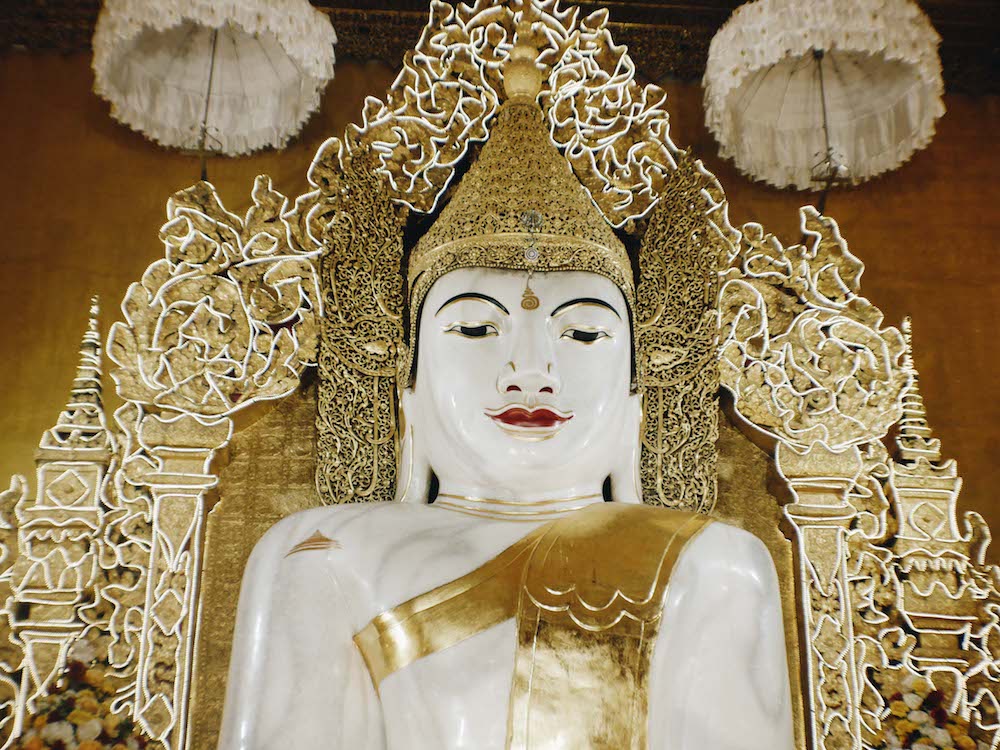

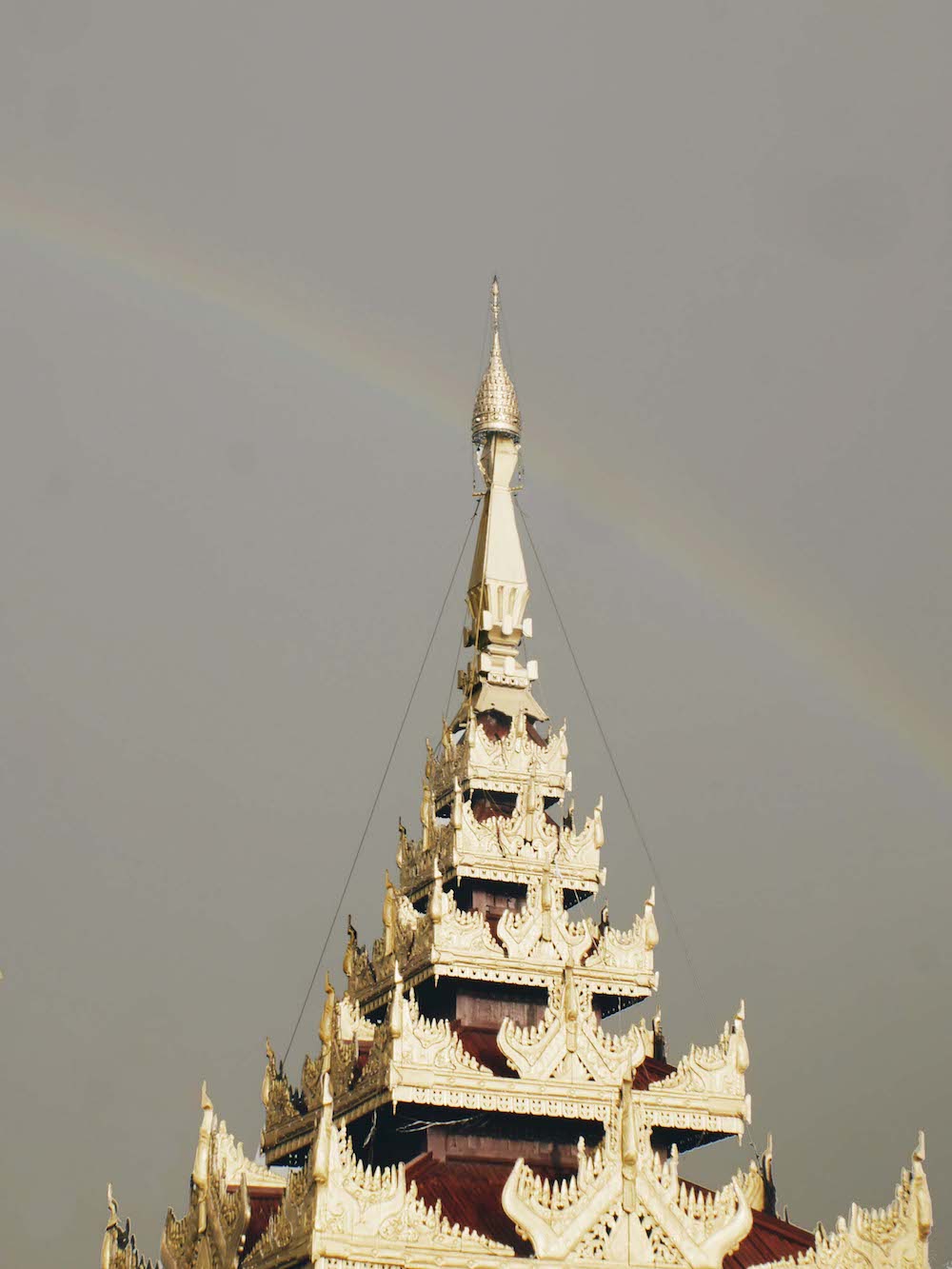


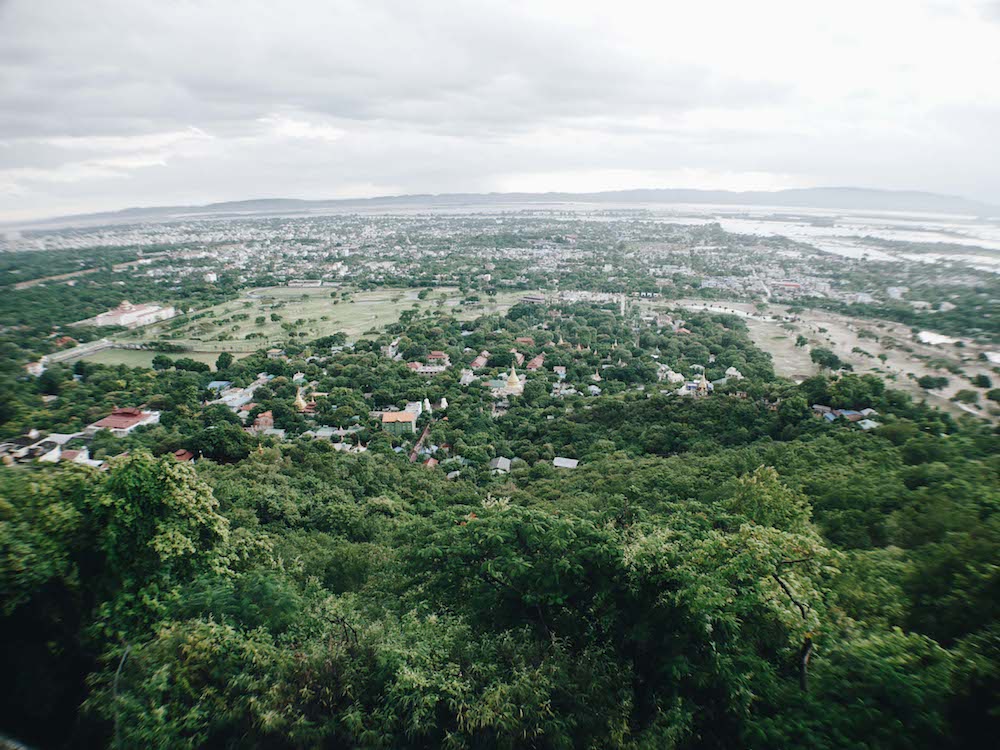
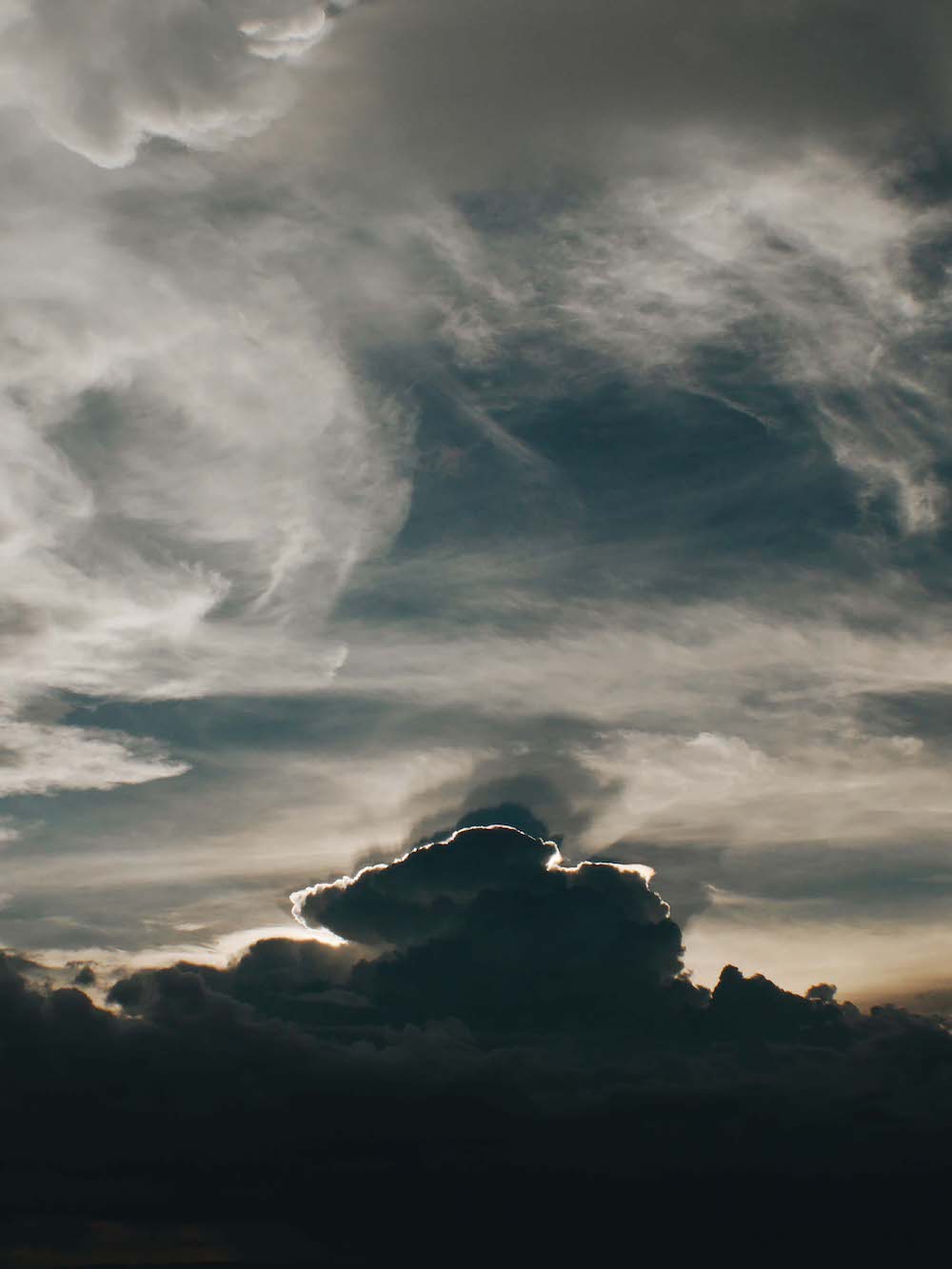

The next day we went to Mandalay Palace, the last royal palace of the Burmese monarchy. It is a large (2km x 2km) compound surrounded by a moat and high stone walls. The actual palace takes up only a small area in the very center of the walls, while the rest is used as an active military base. Most of the palace compound was destroyed during World War II by allied bombing; only the royal mint and the watch tower survived. The rest was rebuilt in the 1990’s.
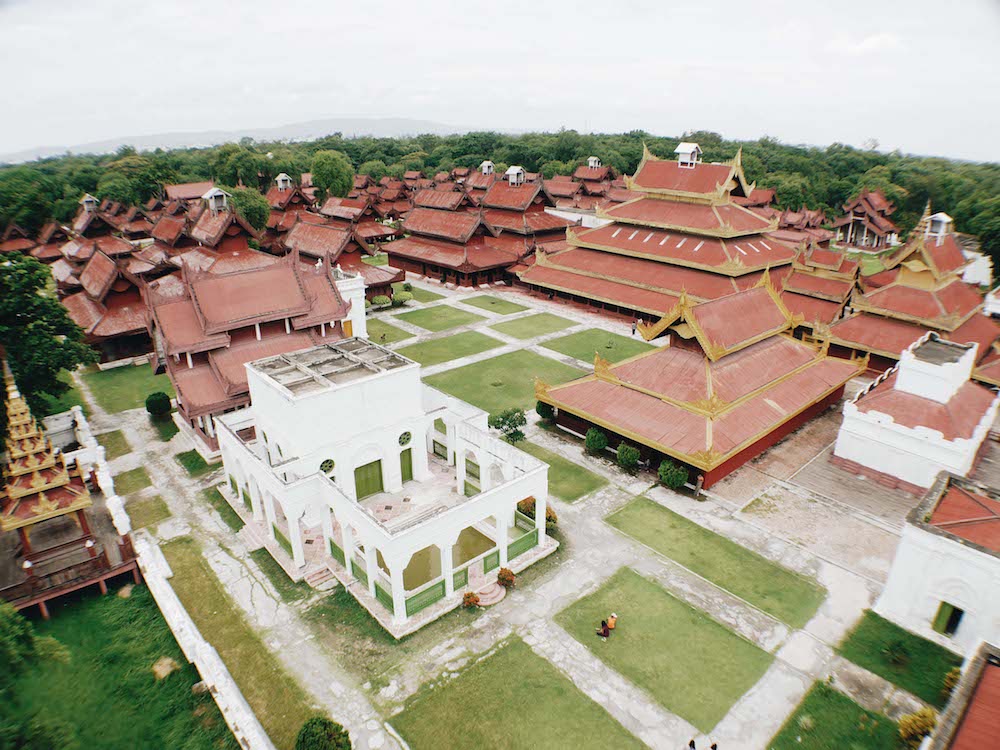
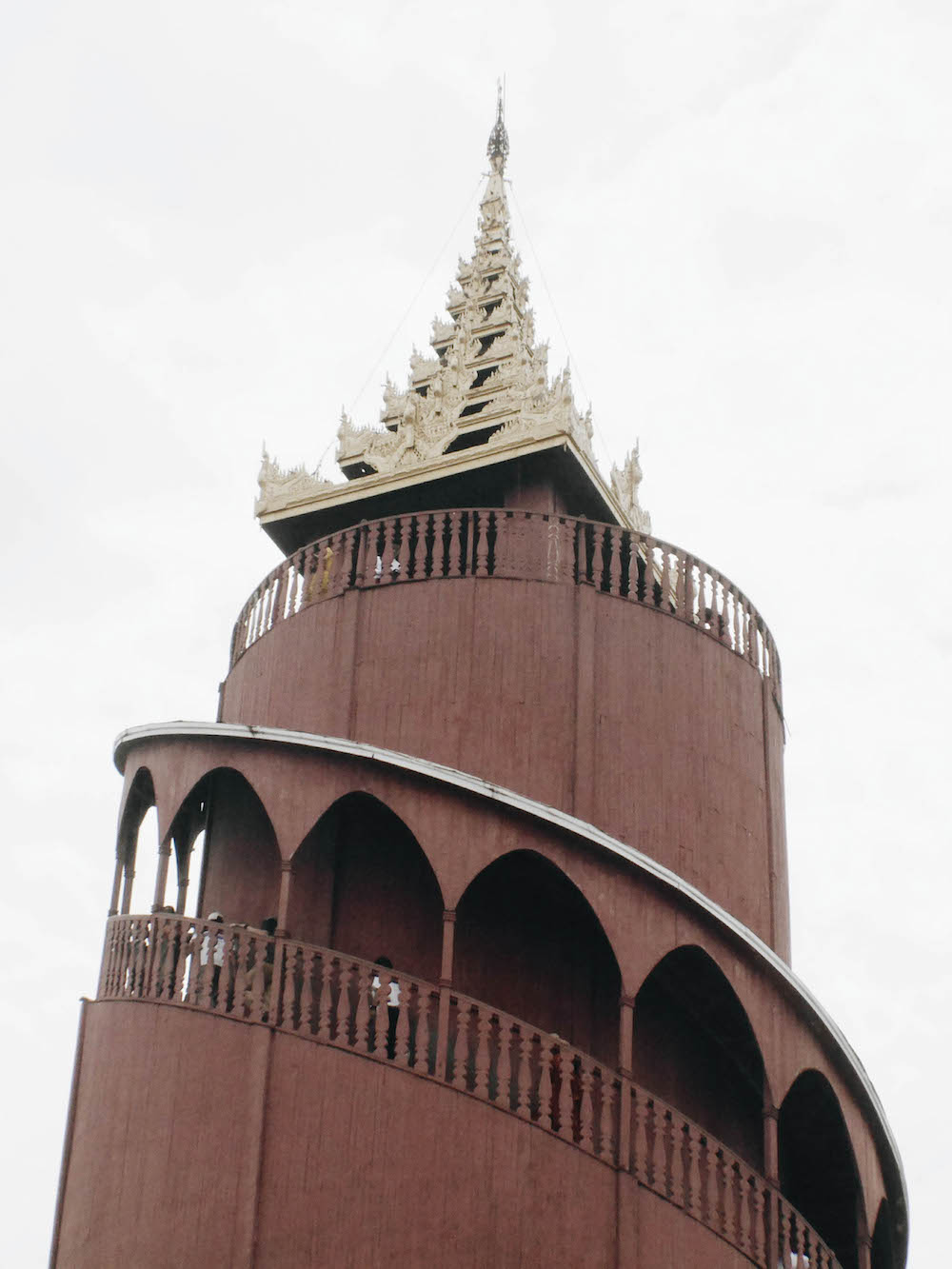

In the afternoon, we went to Shwenandaw Monastery which is made of carved teak wood. It was built in the traditional Burmese architectural style. Next we went to Maha Myat Muni Buddha Image (မဟာမုနိဘုရားကြီး) also called the Mahamuni Pagoda. Every morning at 4am they have a ritual where monks wash the face and brush the teeth of the Buddha image. Also, gold leaves are regularly applied to the face of the Mahamuni Buddha by male devotees (They don’t allow women to get inside). There is around a 6 inch layer of gold leaf weighing hundreds of pounds on the image.
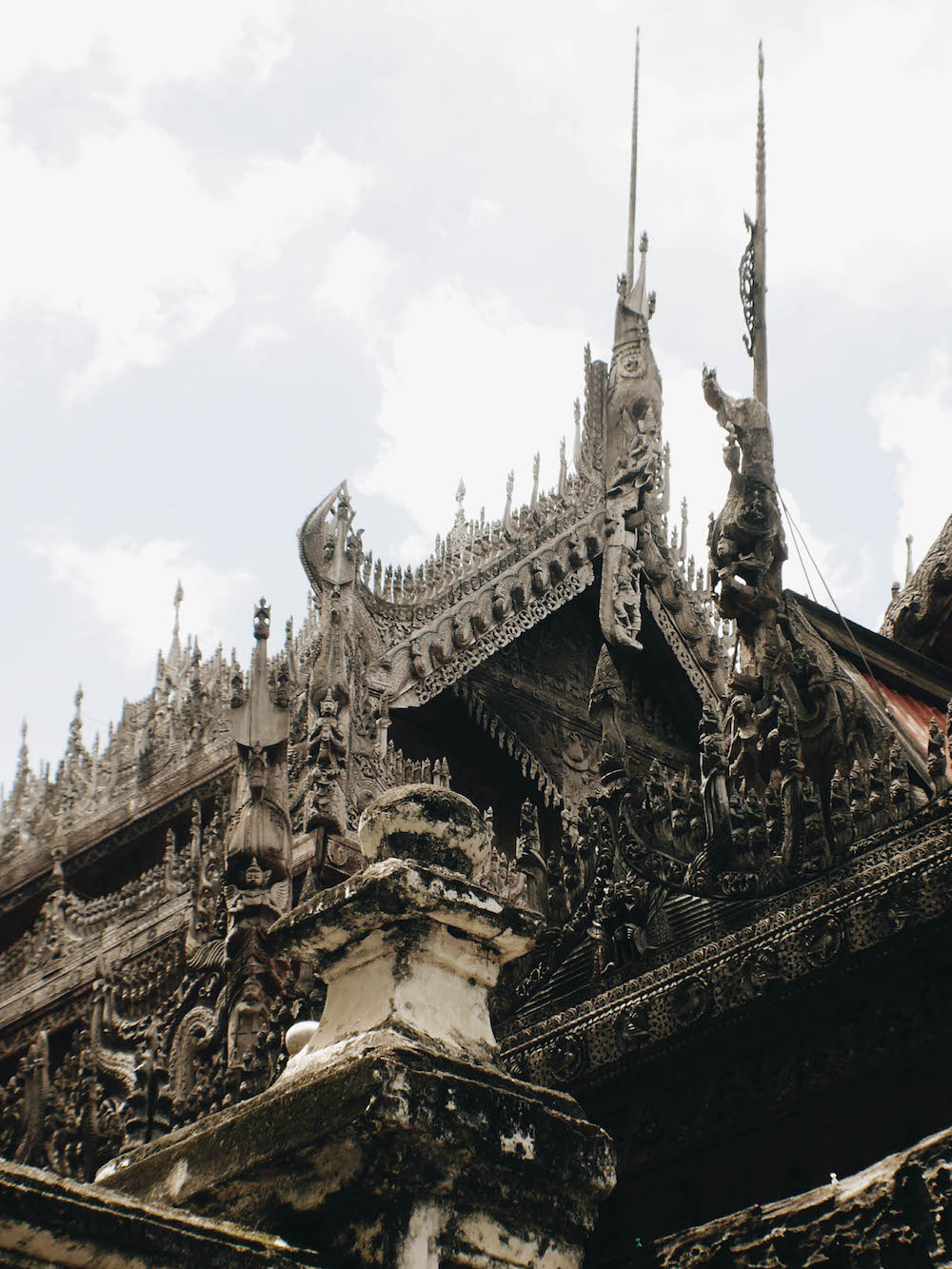

At the end of the day, we went to U Bein Bridge (ဦးပိန် တံတား), a crossing that spans the Taungthaman Lake near Amarapura in Myanmar, It was built around 1850 and is 1.2-kilometres (0.75 mi) long. They believe this bridge is the oldest and longest teakwood bridge in the world.
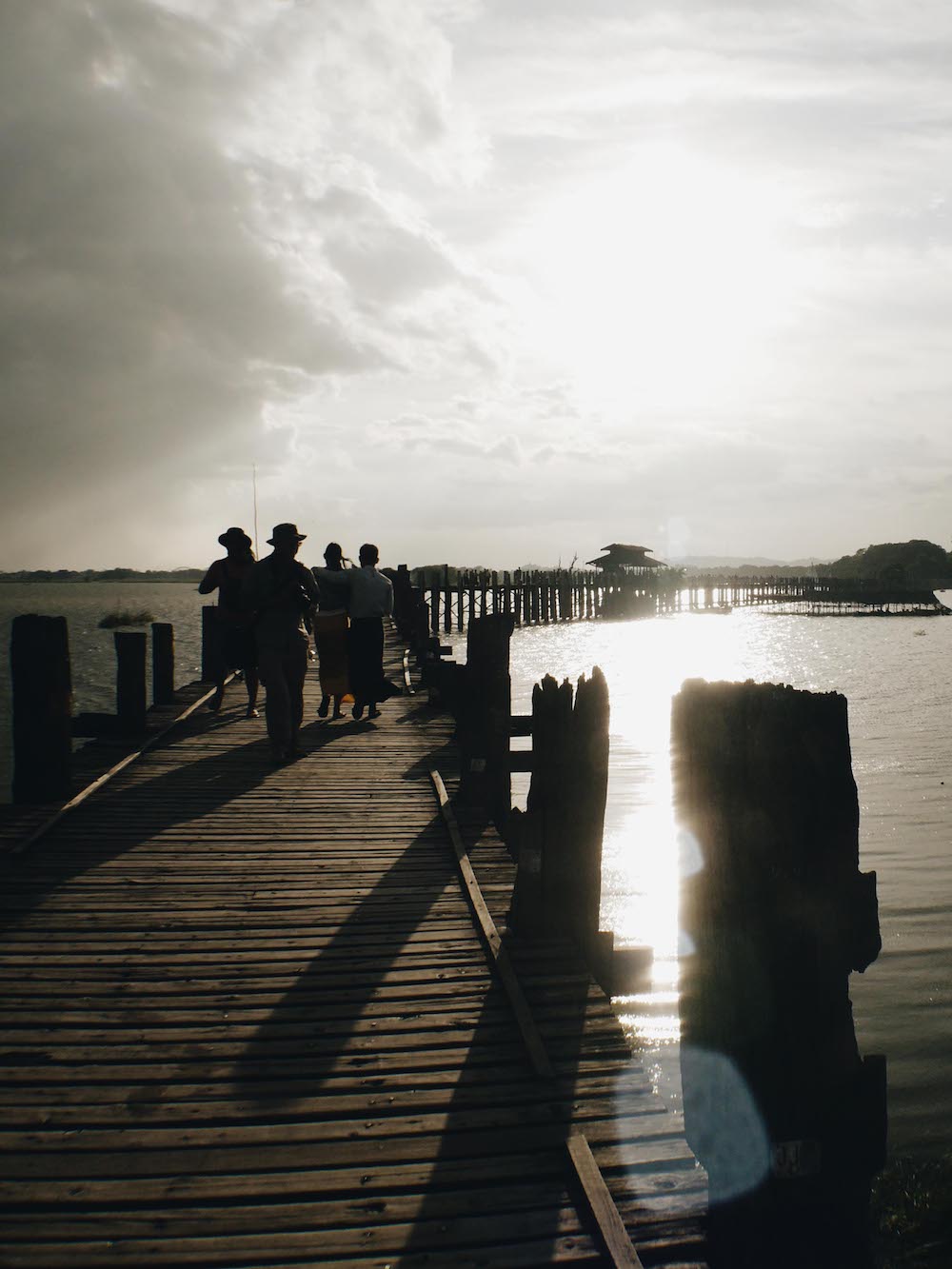
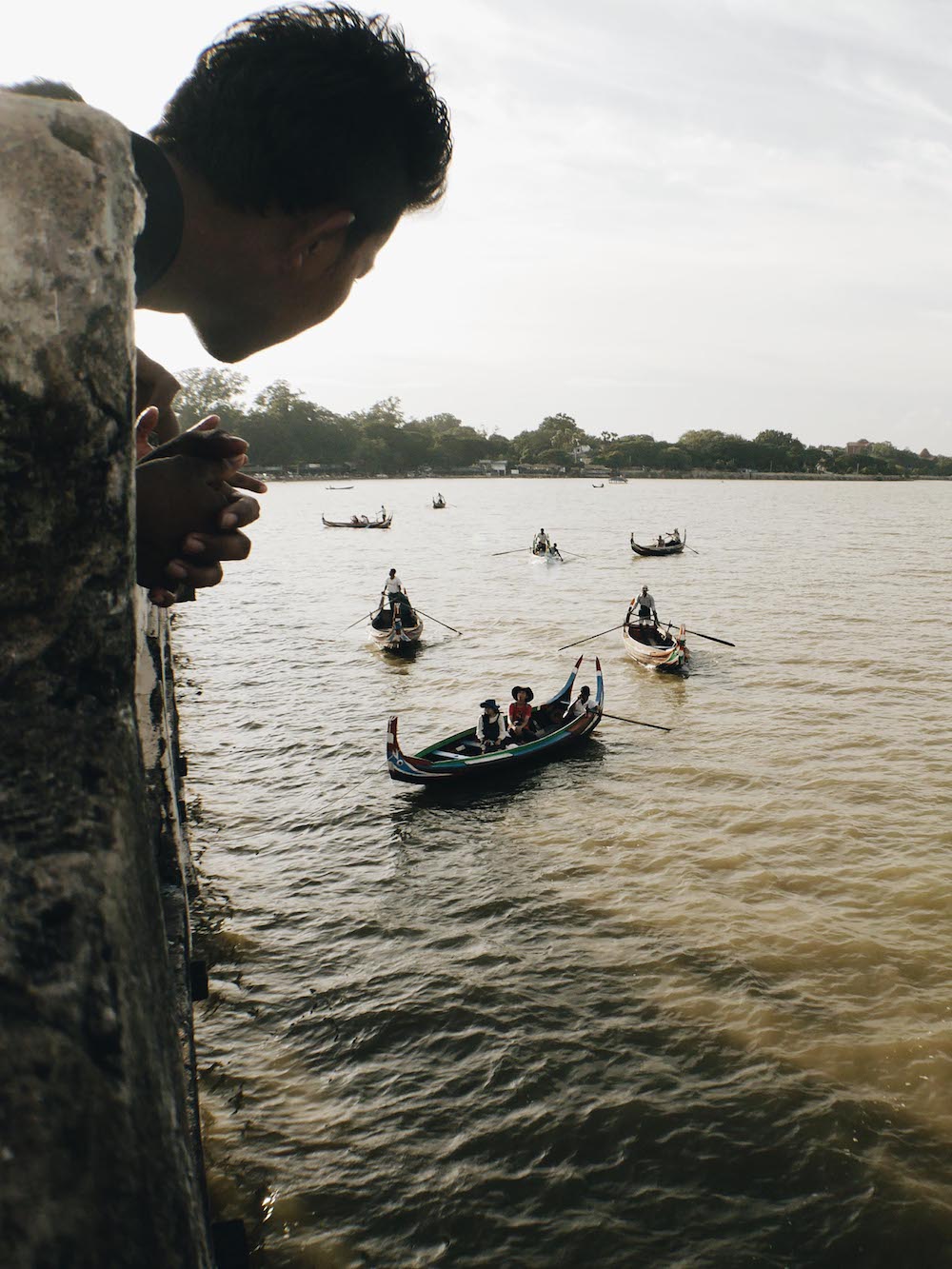


The next day we went to Sagaing (စစ်ကိုင်းမြို့), a neighboring region located on the opposite side of the river from Mandalay, they have numerous pagodas and monasteries along hills. We went to Soon U Ponya Shin Pagoda (ဆွမ်းဦးပုညရှင်စေတီ), which is on the top of the Sagaing Hill, one of the oldest temples on Sagaing Hill. This temple has the most beautiful pastel tiles. We also went to the U Min Thonze Caves (ဥမင္သုံးဆယ္ဘုရား), this pagoda contains 45 gilded Buddha images.
In the afternoon, we went to Innwa (အင်းဝမြို့) or Awa, is an ancient imperial capital of the Burmese kingdoms from the 14th to 19th centuries. The capital city was abandoned after it was completely destroyed by a series of major earthquakes in March 1839.
We took a horse-drawn carriage to 4 temples: Bagaya Monastery, Yandana Sinme Pagoda, Nanmyin Tower, and မဟာဘောဓိအောင်မြေ ဆုတောင်းပြည့် (I can’t find name in English). It costs 10,000 MMK ($7)/couple to go on the tour.
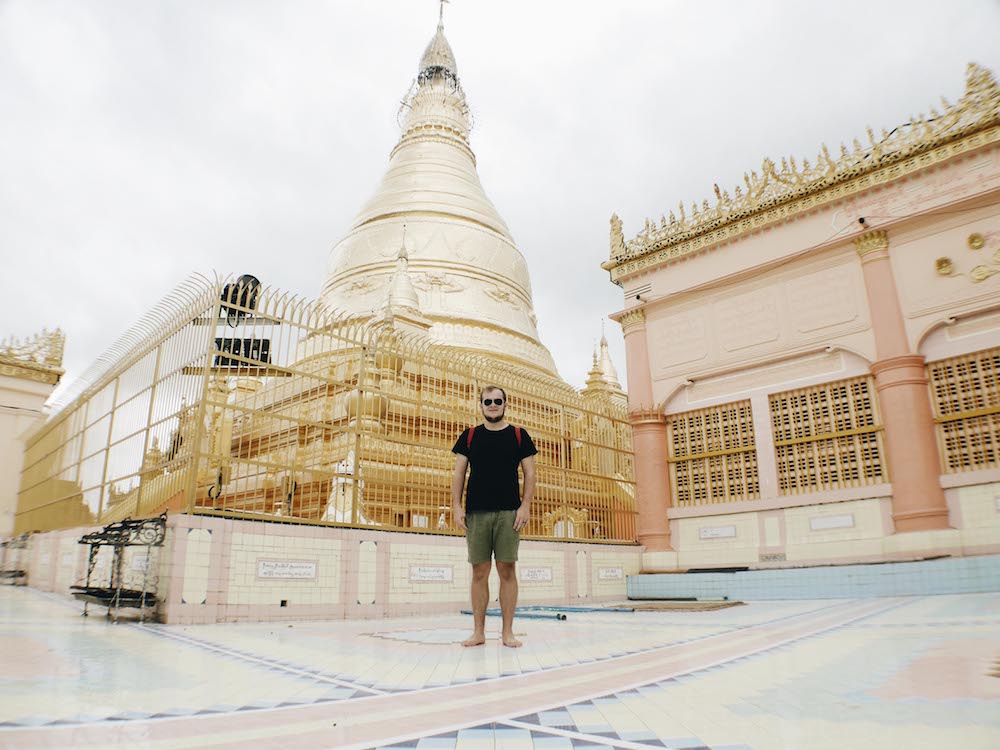
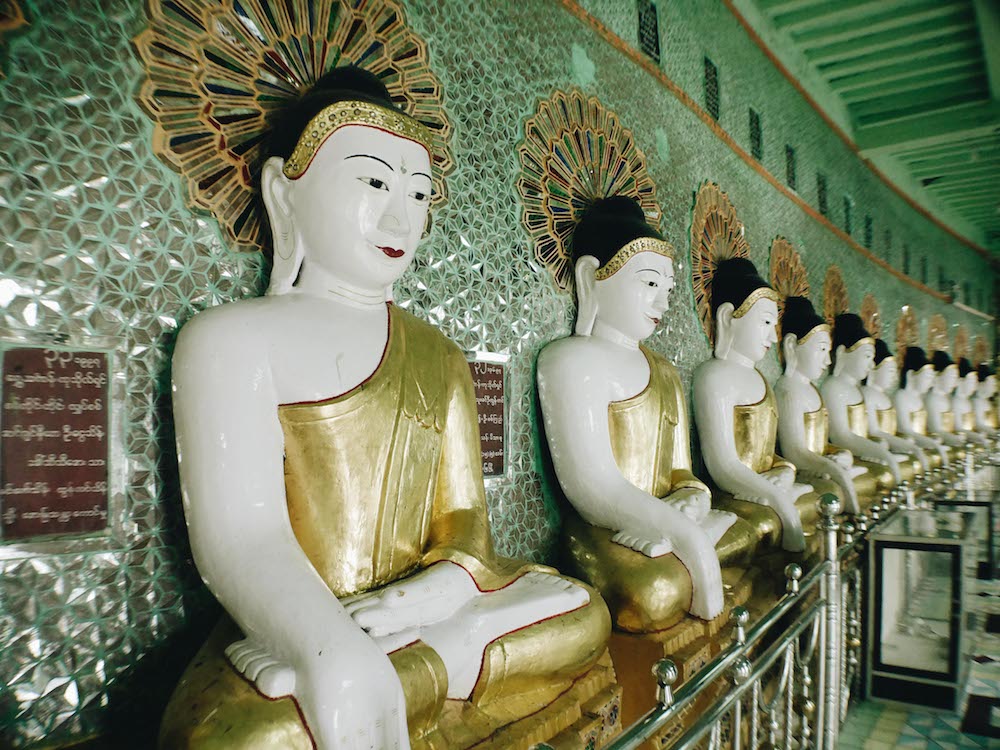
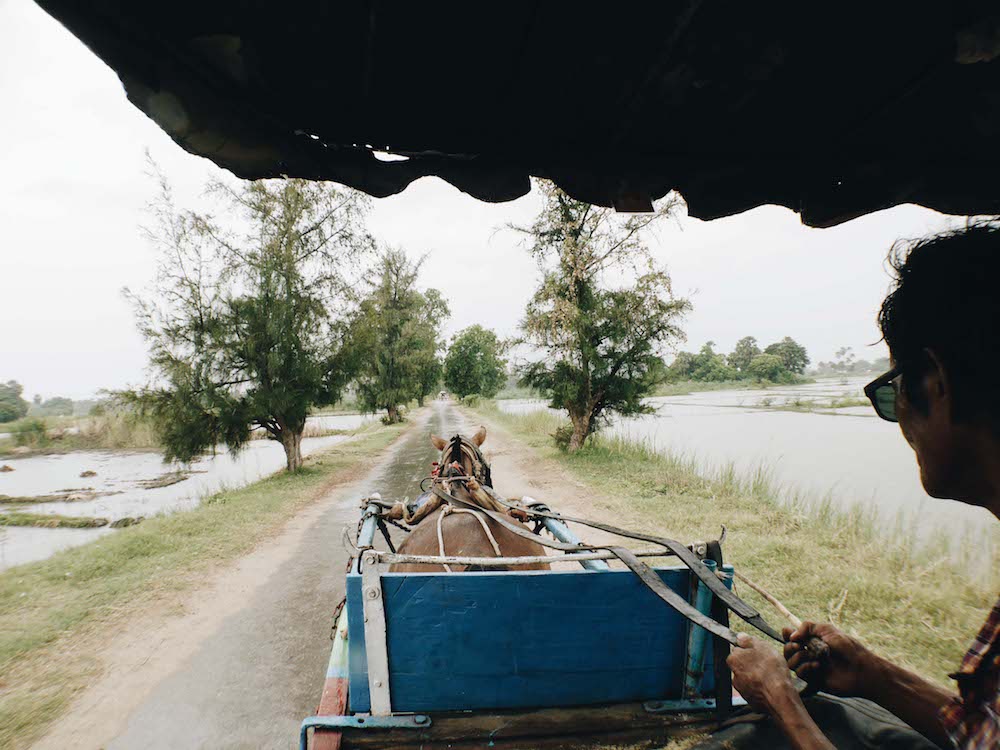
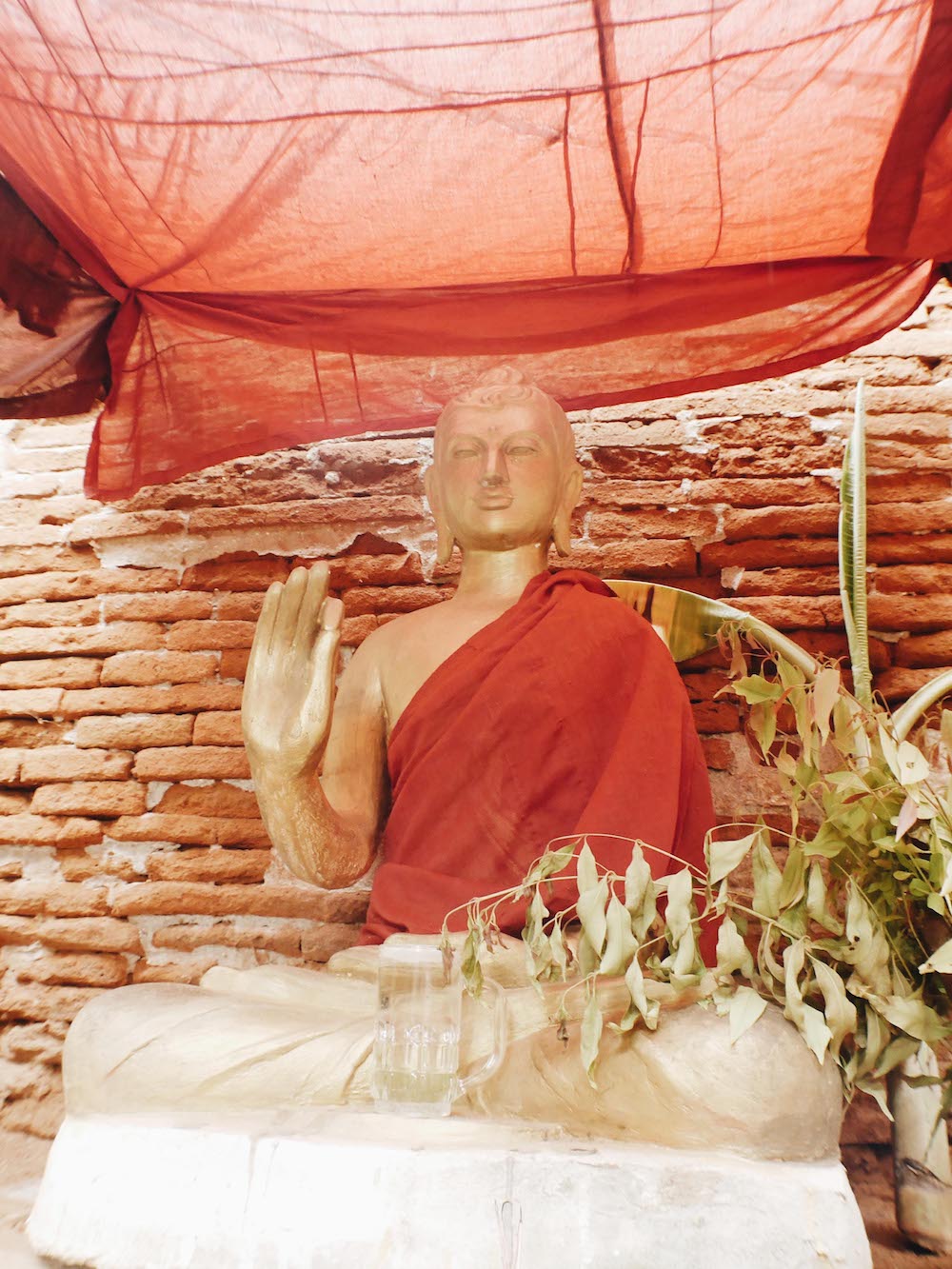

Around dinner time we said goodbye to Mandalay and took a bus to Bagan. We took “OK Bus” for about 20,000 MMK ($15)/person. The driving was a little stressful, but we arrived unscathed in Bagan.



